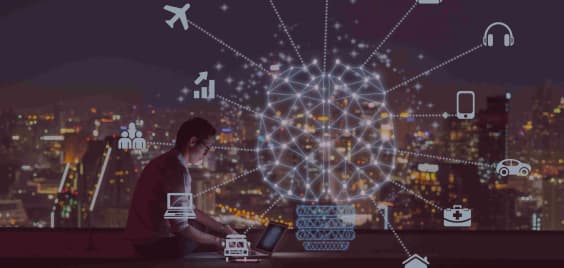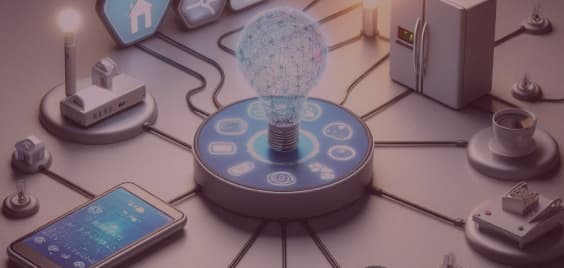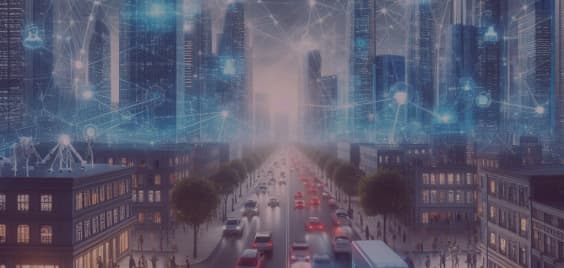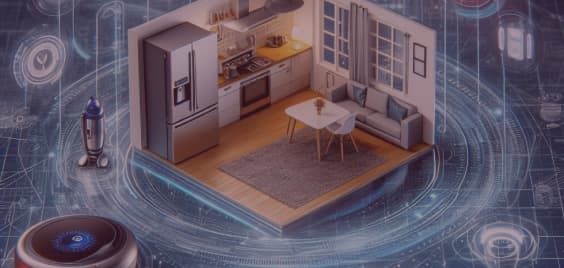Key Aspects of IoT
Internet of Things (IoT) encompass a wide array of technological and functional components that together create a robust and interconnected ecosystem.Understanding these key aspects is essential for grasping how IoT transforms various industries and enhances everyday life.

Connectivity: IoT devices are connected to the internet, allowing them to send and receive data. This connectivity is the foundation of IoT, enabling devices to communicate with each other and with centralized systems.
Sensors and Actuators: Sensors collect data from the environment (e.g., temperature, humidity, motion) and actuators perform actions based on the data received (e.g., turning on a light, adjusting a thermostat).


Data Processing: Data collected by IoT devices is processed either locally on the device (edge computing) or sent to centralized servers or the cloud for more intensive processing and analysis.
Automation and Control: IoT enables automation by allowing devices to make decisions and perform actions without human intervention. For example, a smart thermostat can adjust the temperature based on occupancy and user preferences.


Benefits of IoT
Efficiency Automating processes and optimizing resource usage can lead to significant efficiency gains. Data Insights: Collecting and analyzing data helps in making informed decisions and improving operations. Convenience: IoT devices can simplify daily tasks and improve quality of life. Safety and Security: Enhanced monitoring and control can lead to better safety and security measures.
Applications: IoT has a wide range of applications across various industries, including:
- Smart Homes: Devices like smart thermostats, lights, and security systems enhance convenience and security.
- Healthcare: Wearable devices monitor health metrics and can alert users and doctors to potential issues.
- Industrial IoT (IIoT): Sensors and machines in factories can monitor performance, predict maintenance needs, and optimize production.
- Transportation: IoT improves vehicle performance, traffic management, and logistics through connected cars and smart infrastructure.
Agriculture: Smart farming solutions optimize irrigation, monitor crop health, and improve yield.

